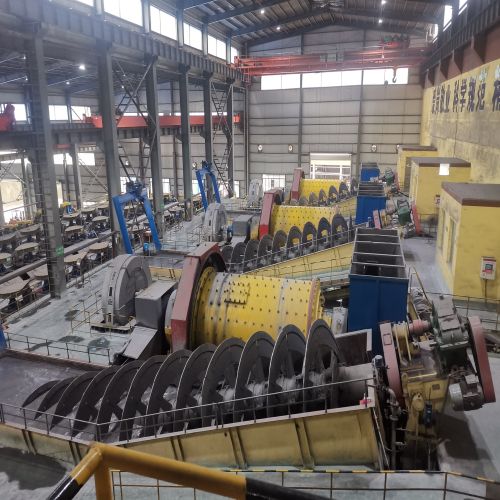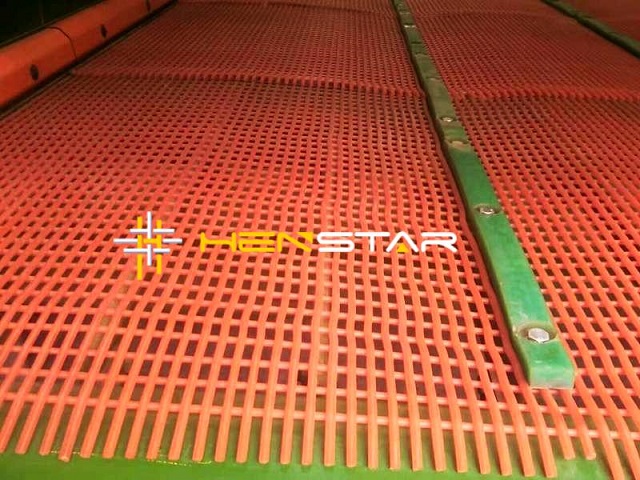
Companies covered:
Application segment insights:
Advancements in digital technologies such as machine learning, machine vision, and motion control, have led to the higher adoption of industrial automation in several sectors, with greater prominence in the automotive sector. The industrial automation segment occupied the largest market share (49%) globally, in 2017, followed by the Industrial Internet of Things (IIoT) (33%). A concerted effort by the industrial sectors and technology firms have resulted in innovative solutions to cater to IIoT. Smart factories have also shown steady growth, brought about by 3D printing and distributed manufacturing control systems.
End users segment insights:
The highest adoption of smart manufacturing is expected in the aerospace sector, which will expand at a CAGR of 25% during the forecasted period. This is fuelled by the increased production of advanced aircraft, such as the Boeing 787 and Airbus A350. Increased use of robots in industrial control mechanisms will drive the automotive and industrial equipment end users segment, at CAGRs of 15.6% and 11.2% respectively, during the 2018-2023 period. The chemicals and materials, food and agriculture, and healthcare sectors are also some of the promising areas for the implementation of smart manufacturing technologies.
Regional insights:
North America is leading the innovation in the smart manufacturing market, and occupied approximately 27% of the global market in 2017. Massive investments in smart manufacturing technologies, tax subsidies for manufacturers, and innovations in robotics have fuelled the growth of the smart manufacturing market in the region. Asia-Pacific, experiencing high industrialization, occupied a 25% share in 2017. The Latin America and the Middle East and Africa markets though, still at nascent stages, are experiencing decent growth.
 After sales service: Visiting client's mining plant in Burma
After sales service: Visiting client's mining plant in Burma
 TPU tensioned screen mesh
TPU tensioned screen mesh
 Mining companies may pause growth plans amid Ukraine war, inflation
Mining companies may pause growth plans amid Ukraine war, inflation
 Coal export ban in Indonesia.
Coal export ban in Indonesia.